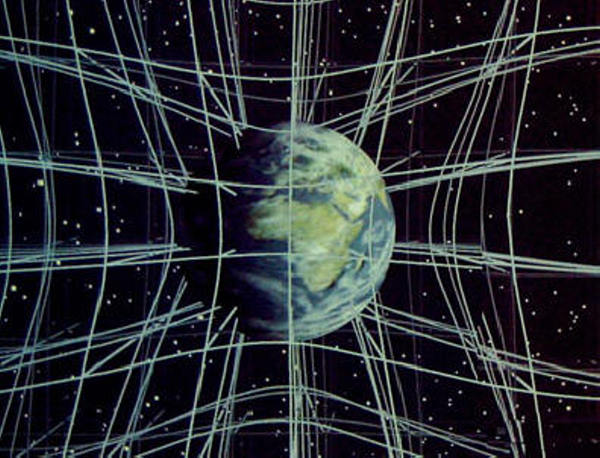
What do you see in this image?
If you’re from a larger city and haven’t had the opportunity to venture into a place like the desert, you might not know what you’re looking at. That’s the Milky Way, our name for our galaxy.
Inside this galaxy are billions of stars, including our own. Galileo Galilei was the first to discover that it was really many tiny points of light, not just a cloud-like haze across the dark night sky.
We can’t see our galaxy from outside, but we can learn a lot about it by looking out at it from within. It’s difficult. It’s like trying to learn about a building if you can never step outside one of its rooms.
But we can do it, with the help of the spectrograph.
Continue reading